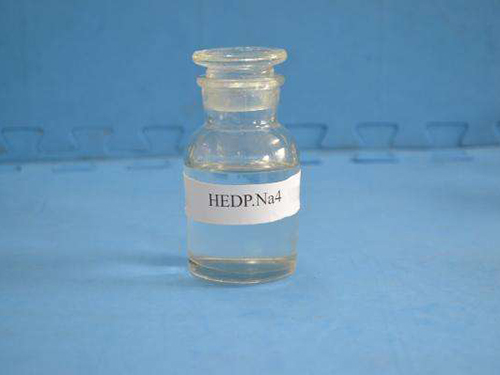Poly Aluminium Chloride in Wastewater Treatment
Poly Aluminium Chloride in Wastewater Treatment
Poly Aluminium Chloride (PAC) is an inorganic polymer that has gained significant attention in the field of wastewater treatment due to its effectiveness and versatility. As a coagulant, PAC plays a crucial role in water purification processes by facilitating the removal of suspended solids, organic matter, and various contaminants from wastewater. This article explores the properties, advantages, and applications of PAC in wastewater treatment, highlighting its importance in modern water management systems.
PAC is derived from the reaction of aluminium oxide with hydrochloric acid, resulting in a product that contains a higher charge density compared to traditional coagulants like alum. This enhanced charge density allows PAC to neutralize the negative charges on suspended particles more effectively, leading to more efficient agglomeration and sedimentation. As a result, PAC can achieve significant reductions in turbidity levels in a shorter period compared to other coagulants.
One of the primary advantages of using PAC in wastewater treatment is its ability to perform well across a wide range of pH levels. Traditional coagulants often require tight pH control to function optimally, whereas PAC exhibits a broader operational range, making it suitable for various types of wastewater, including municipal, industrial, and agricultural effluents. This flexibility not only simplifies the treatment process but also reduces operational costs.
poly aluminium chloride in wastewater treatment

In addition to its superior coagulation properties, PAC is also characterized by its low sludge production. The formation of less sludge is critical in wastewater treatment, as it minimizes the costs associated with sludge disposal and dewatering. This is particularly advantageous for facilities that handle large volumes of wastewater, as managing sludge can often be a significant challenge.
PAC's efficiency is not only limited to its coagulation capabilities; it also aids in the removal of heavy metals and phosphates from industrial effluents. By binding with these contaminants, PAC helps in their subsequent removal during sedimentation or filtration. This capability is increasingly important in addressing environmental concerns and regulatory requirements regarding the discharge of harmful substances into water bodies.
Moreover, the use of PAC in wastewater treatment can lead to water that meets or exceeds regulatory standards for discharge or reuse. As industries and municipalities face increasing pressure to improve their wastewater management practices, PAC offers a reliable solution that enhances the quality of treated water.
In conclusion, Poly Aluminium Chloride is a valuable coagulant in wastewater treatment, characterized by its effectiveness, versatility, and efficiency. Its ability to operate over a broad range of conditions while producing less sludge makes it an attractive choice for water treatment facilities. As the demand for cleaner water and more efficient treatment methods continues to rise, PAC is likely to play an increasingly important role in sustainable wastewater management.
-
The Power of Isothiazolinones in Modern ApplicationsNewsMay.08,2025
-
Flocculants in Water TreatmentNewsMay.08,2025
-
Flocculants and Chemical Solutions: What You Need to KnowNewsMay.08,2025
-
Flocculants and Chemical Solutions: A Growing IndustryNewsMay.08,2025
-
Essential Chemicals: Polymaleic Anhydride and MoreNewsMay.08,2025
-
Acrylic Polymers: Essential Solutions for IndustryNewsMay.08,2025





